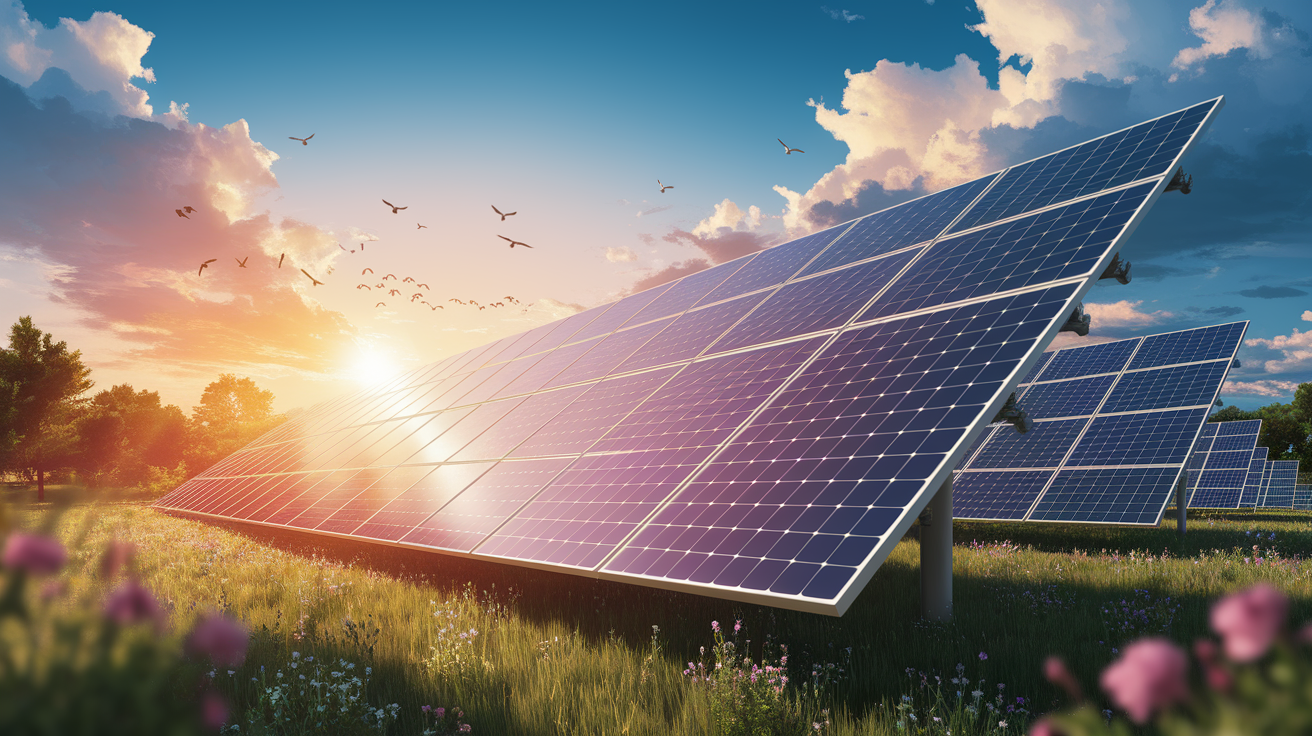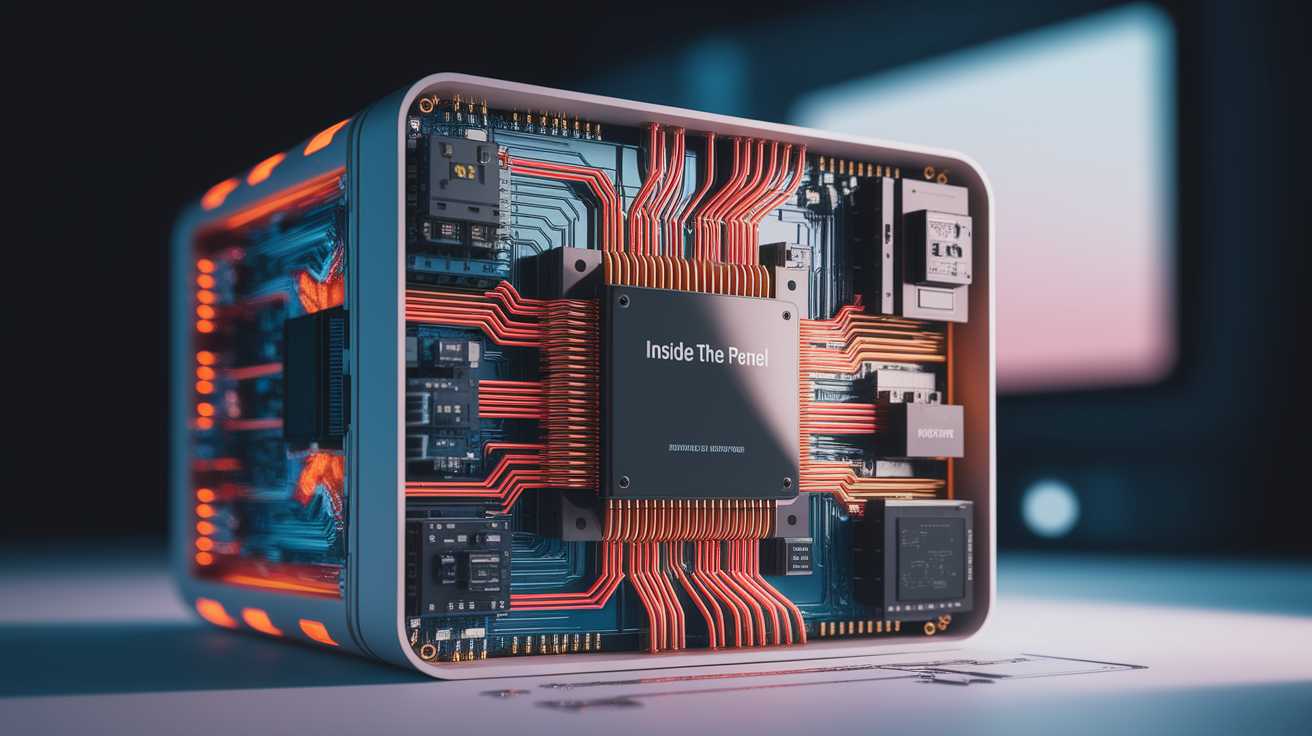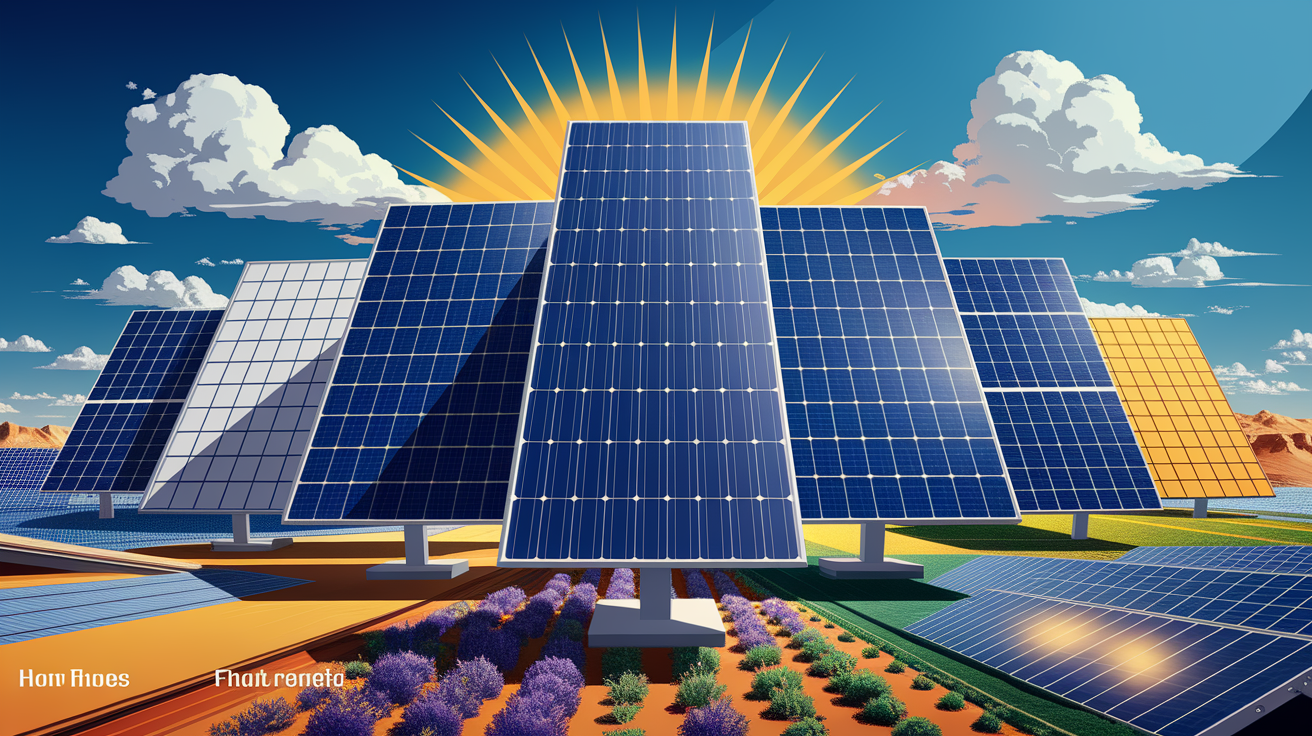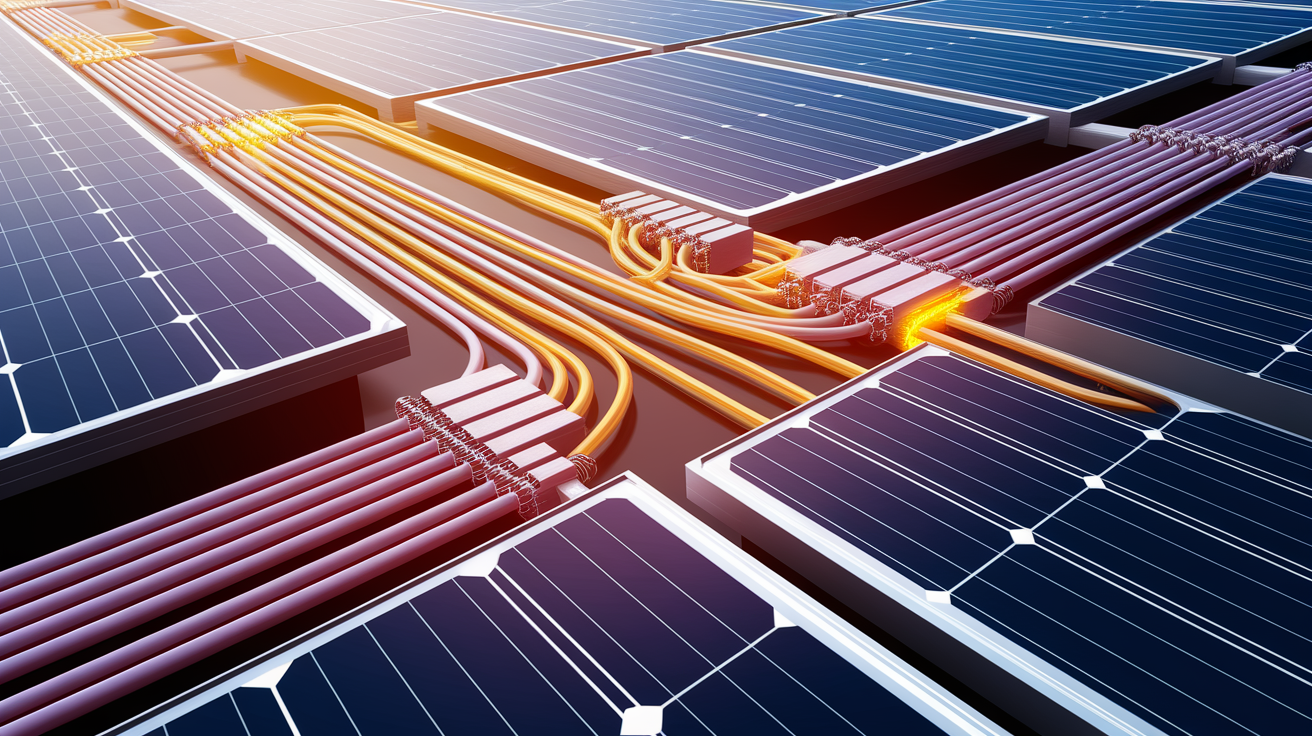Quick Answer: Solar panels turn sunlight into electrical energy through the photovoltaic effect. Photons from sunlight knock electrons loose inside special semiconductor layers, producing a DC electrical current that can be stored or converted into usable AC electricity for homes and businesses.
Shedding Light on Solar Panels
Imagine a field of sleek, shiny rectangles quietly soaking up sunlight and turning it into power. That’s exactly what solar panels do—they harness solar energy and transform it into electricity without noise, moving parts, or fuel. The secret lies in their special makeup, which allows light particles, called photons, to set electrons into motion.

When sunlight hits a photovoltaic (PV) cell, the photons deliver enough energy to free electrons from atoms in a semiconductor like silicon. The flow of these electrons is what we know as an electrical current. Panels work in all levels of daylight, though their performance is strongest in direct sunshine.
Inside the Panel: Key Components
Under that smooth glass surface, a solar panel is a carefully crafted sandwich of materials and layers that guide sunlight’s energy into electricity.

- Photovoltaic Cells: Sandwiches of silicon layers—one treated with phosphorus (negative) and the other with boron (positive)—create an electric field that drives freed electrons toward conductive pathways.
- Protective Glass: Shields the delicate cells from weather while letting sunlight pass through.
- Anti-reflective Coating: Helps trap as much sunlight as possible by reducing light bounce.
- Metal Conductive Grid: Collects the moving electrons and channels them through bus bars to the output junction box.
- Junction Box and Wiring: Connect the panel to the larger solar power system.
You can explore a more detailed breakdown of solar panel components and assembly to see how these parts fit together.
From Basics to Variations: Types of Solar Panels
Just as there are different types of lightbulbs for different needs, there are various solar panel designs, each with its own pros and cons:

- Monocrystalline Silicon Panels: Made from a single crystal of silicon, these boast high efficiency and a sleek black appearance, but come at a higher price.
- Polycrystalline Silicon Panels: Manufactured from multiple silicon fragments, they’re more affordable but slightly less efficient.
- Thin-Film Solar Cells: Lightweight and flexible thanks to ultra-thin photovoltaic layers on a substrate. They’re versatile but typically lower in efficiency.
If you’re curious about how these compare in real-world conditions, you can read more about different solar panel types and their performance characteristics.
Wiring Up: How Panels Are Connected
One solar panel can do amazing things, but a group of them—called a solar array—can power an entire home or business. To tailor the system for specific needs, installers connect panels in different ways:

- Series: Voltages from each panel add together, keeping current the same. Ideal for reaching the higher voltages needed for inverters.
- Parallel: Currents add together while voltage stays the same. Useful for increasing power output while maintaining a manageable voltage.
The electricity flows from the panels as direct current (DC). A device called an inverter then switches it into alternating current (AC), ready for normal household appliances or for feeding back into the power grid—sometimes earning credit through net metering. You can find more on how panels are wired and integrated in solar power systems.
Getting the Most: Efficiency Factors
Every photon counts when squeezing power from sunlight, so engineers work hard to maximize solar panel efficiency:

- Material Quality: High-purity silicon boosts performance.
- Surface Coatings: Anti-reflective layers keep sunlight inside the cell.
- Cell Design: Fine “fingers” and busbars collect electrons without shading too much of the cell surface.
- Panel Orientation: A tilt and direction that matches the sun’s path throughout the day increases output.
- Environmental Conditions: Cooler temperatures often mean better performance; shading and dust can lower it.
Harnessing Tomorrow’s Power Today
From rooftops to giant solar farms, solar panels help us tap into a clean and virtually endless energy source—the sun. Thanks to ongoing research into photovoltaic cell technology, the devices are getting more efficient, more affordable, and more adaptable. Whether they’re charging a camper van’s battery or powering a city block, they’re a shining example of how science transforms simple sunlight into the electricity that fuels our lives.













